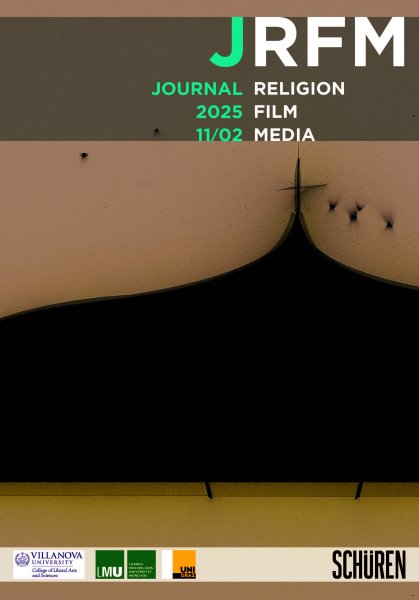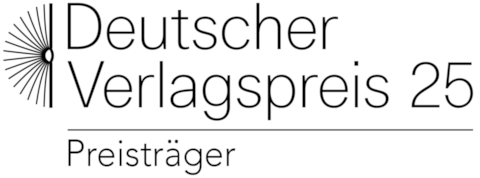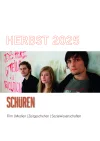 |
|
|
Journal for Religion, Film and Media [2/25] 184 Seiten, 148 x 210 mm, einige Abb., englischersch. 1. Aufl., November 2025 16,90 € Vorbestellung möglichISBN 978-3-7410-0510-7 |
Representations of Islam and Muslims in Film
From Stereotype to Scenescape
In an era when media and their narratives significantly shape public perceptions, it is imperative we examine and broaden our understanding of how Islam – a religious and cultural tradition of remarkable depth and diversity – is portrayed-on screen. For decades now, the depiction of Islam in film and television has often been reduced to a narrow set of stereotypes, often caricatures of Islam or Muslims portrayed as shadowy villains, sinister figures, and potential terrorists. This final, and frequent, portrayal is associated with the events of 9/11 and their aftermath and with various global political and social developments. Found across media, it was taken up in particular by the entertainment industry. This depiction was not entirely new, as a thorough survey of the representation of Islam in US-American cinema since 1979 has made evident, but only if Islam was a topic at all. However, the first decades of the twenty-first century have seen a deepening of the negative stereotypes. Current scholarship on this topic has pointed to the one-sidedness of such depictions and the problems they create. Indeed, one-dimensional narratives not only misrepresent the rich traditions and practices of Islam but also enhance the skewed perception of Islam in the West. This issue seeks to counter such tendencies, but without falling into the trap of being merely apologetic. To that end it provides a rich and diverse collection of contributions on aspects of how Islam and Muslims are presented on-screen. Faced with a remarkable response to the call for papers for this issue, we selected contributions that could be grouped together under specific headings. The first section of the issue contains articles focused on particular strands of the Islamic tradition or on a specific ethnicity in the Islamic world. The second section is devoted to the wider Islamic diaspora “in the West”, a topic on which we received the largest number of proposals, likely a reflection of the longer history of academic study of this particular theme. The thematic section of this issue concludes with a contribution on a Muslim filmmaker whose work is widely admired as an example of an alternative view on the Islamic tradition.












